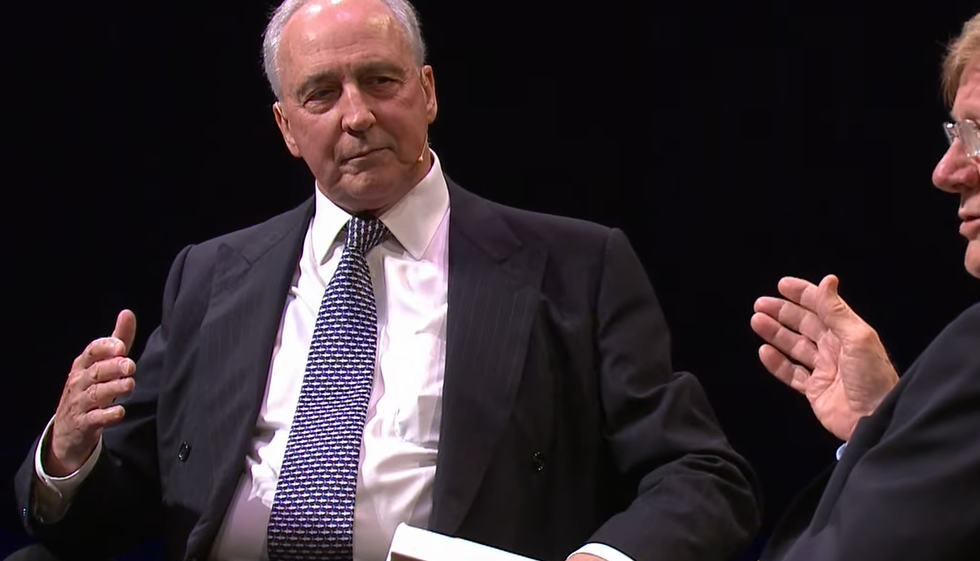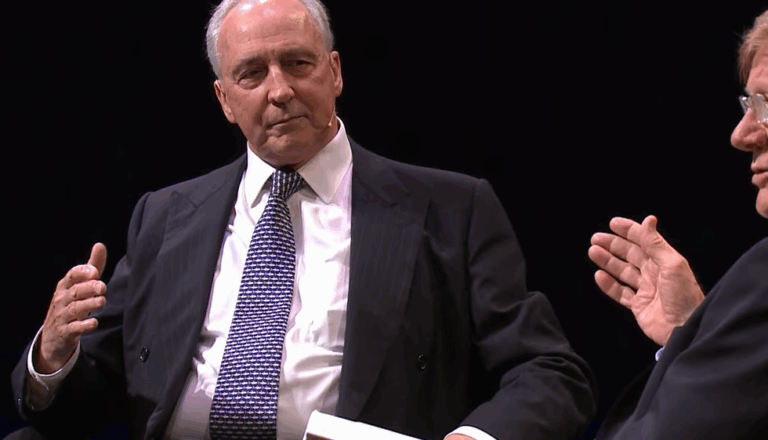Katherine Keating has frequently been seen as a person negotiating the stark contrast between exposure and privilege, caught between legacy and notoriety. Katherine was never supposed to just disappear from the public eye following her father’s political retirement because she was the daughter of one of Australia’s most reformist prime ministers, Paul Keating. Rather, she created her own story, one that was characterized by aspirations, affluent social circles, and unsettling connections.
When video purportedly showed her leaving the Manhattan home of convicted sex offender Jeffrey Epstein, public attention sharply increased in recent years. The short video, which was caught on camera and circulated by global media, showed her leaving the property and waving good-bye to Prince Andrew, who has been embroiled in controversy over his relationship with Epstein. At the time of the encounter, Epstein’s transgressions were already well-known. Keating was not subject to any legal repercussions, but the publicity was undoubtedly negative.
It turned out to be a pivotal moment. Being linked, even if remotely, to one of the most notorious criminal rings of the twenty-first century presented an immediate reputational challenge for a person who had previously been linked to environmental causes, global issues, and a sophisticated media presence. It is noteworthy that neither Katherine nor her father made any direct public statements, allowing their silence to speak for itself. The tactics employed by other public figures who have opted for discretion over damage control were remarkably similar to the lack of an explanation.
Key Details on Paul Keating’s Daughter, Katherine Keating
| Category | Details |
|---|---|
| Full Name | Katherine Keating |
| Father | Paul Keating, Former Prime Minister of Australia |
| Notable Siblings | Alexandra Keating, Caroline Keating, Patrick Keating |
| Known For | Political adviser, media figure, Manhattan socialite |
| Birthplace | Sydney, Australia |
| Education | University of New South Wales (Politics) |
| Political Career | Adviser to NSW Ministers Craig Knowles and Premier Bob Carr |
| Media Career | Producer at Vice Media, Co-Executive Producer for HuffPost project |
| Current Role | Chief Sustainability Officer at Maverick (Guy Oseary’s firm) |
| Controversies | Linked to Epstein and Prince Andrew via 2010 footage in Manhattan |
| Link to Epstein Case | Seen leaving Epstein’s home while Prince Andrew was present |
| Notable Relationships | Andre Balazs (hotel magnate), Francesco Carrozzini (photographer) |
| Social Ties | Princess Eugenie, Ghislaine Maxwell, fashion designer Misha Nonoo |
| Reference Site | Wikipedia – Paul Keating |

Katherine had started to reinvent herself by the time she moved to New York in 2010. She moved smoothly from Sydney’s fashion events to Manhattan’s cultural elite by utilizing her connections. Her connections with well-known figures, such as hotel tycoon Andre Balazs and Vogue royalty Francesco Carrozzini, provided her with opportunities to engage in high society branding and celebrity philanthropy. Her reputation was further solidified by her appearances at events hosted by Anna Wintour and her friendships with individuals such as Princess Eugenie.
Keating gained positions on the boards of respectable organizations and even assisted in interviewing Ghislaine Maxwell—long before the latter’s transgressions were made public—through calculated connections and carefully chosen media appearances. Later viewed in a different light, the interview serves as an example of how public figures can unintentionally align themselves with problematic people. These formerly innocent associations assumed a much more nuanced tone in the context of the Epstein scandal.
Her father, Paul Keating, kept quiet in public during this transition. This choice, which may have been made out of respect for her independence or knowledge of media dynamics, nevertheless attracted criticism. Keating fiercely defended her during a previous altercation with a photographer in Sydney. But he remained silent with dignity after the Epstein tape was made public. It was unusual—and possibly deliberate—for a man who was renowned for his rhetorical accuracy.
A pattern of reinvention can also be seen in Katherine’s work history. She showed flexibility by producing content for Vice Media and serving as a policy adviser in New South Wales. Her current position at Maverick, an entertainment company established by Guy Oseary in Los Angeles, demonstrates her aptitude for navigating fields where image and narrative have a significant intersection. Now, surrounded by clients like U2 and Madonna, she works in an environment where cultural capital is money.
Public personalities like Meghan Markle and Malia Obama have made it harder to distinguish between activism, beauty, and public involvement during the last ten years. Keating is ambitious, well-mannered, and occasionally elusive, so he fits this description. However, her experience with the Epstein controversy serves as a warning about the dangers of being too close. Removing oneself from wrongdoing is insufficient; appearance alone can cause reverberations that are especially challenging to quell.
Nevertheless, Keating’s recent initiatives show a change toward the future. She is using her platform to advocate for climate responsibility and ethical production, directing her influence toward sustainability. She places herself in a story of impact and redemption by siding with Maverick. Her public image may be restored by this reorientation, which would give her a path to be remembered for solutions rather than scandals.
Her story, seen in a larger context, highlights how daughters of political icons frequently struggle with two demands: upholding family honor and establishing their own legacies. Public figures born into prominence must perform a delicate balancing act, as demonstrated by Katherine Keating’s journey, which is interspersed with media storms, glamorous affiliations, and quiet moments. Instead of retreating, she seems to be readjusting and figuring out how to stay visible when she wants to.


